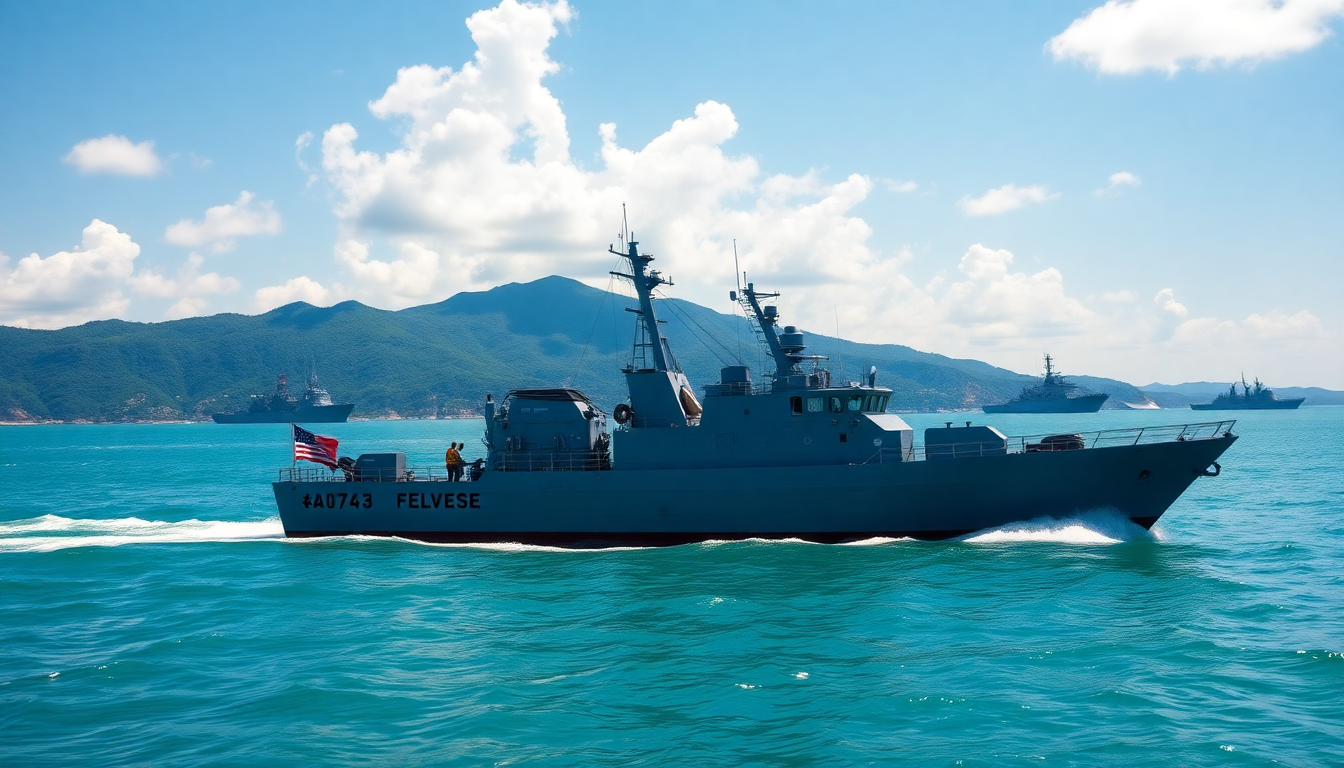Table of Contents
The world of geopolitics is anything but simple these days, especially when it comes to Taiwan and its reliance on U.S. military support to fend off China’s assertive moves. With global tensions already high—particularly with ongoing conflicts in the Middle East—the United States finds itself in a tricky position, trying to juggle immediate military needs with long-term strategic interests in the Indo-Pacific. In this article, we’ll dive into what the U.S. military’s presence in Taiwan means and how it fits into the bigger picture of American military commitments.
The U.S. military’s role in Taiwan’s defense
As the situation between Taiwan and China heats up, the U.S. military’s presence in the region has become a crucial piece of Taiwan’s defense puzzle. Experts point out that this reliance highlights just how vital American military resources are—not just for Taiwan’s safety but for keeping the peace across the Indo-Pacific. The sight of U.S. Navy ships and aircraft serves as a powerful deterrent against any potential aggression from Beijing, strengthening Taiwan’s position in an increasingly tense environment.
Yet, it’s important to note that the U.S. is currently navigating a landscape filled with multiple conflicts. Take, for example, the recent decision to cancel a planned naval carrier docking in Vietnam, which was reportedly due to urgent operational needs elsewhere. This situation underscores the strains on U.S. military resources. With ongoing hostilities between Israel and Iran, along with rising tensions in other areas, the U.S. military must carefully allocate its assets to tackle both immediate crises and its long-term strategic goals.
Strategic implications of military resource allocation
The U.S. military faces a significant challenge: balancing immediate responses to rapidly escalating conflicts—like those in the Middle East—with maintaining its commitments to allies in the Indo-Pacific, especially given China’s growing influence. How can the U.S. ensure a strong military presence in Taiwan while addressing other global threats? This balancing act is essential for effective American foreign policy.
Analysts also emphasize that a sustained military presence in Taiwan requires more than just resources; it calls for diplomatic engagement with regional partners. Strengthening alliances with countries in the Indo-Pacific is crucial as the U.S. aims to counter China’s assertiveness. Enhancing military cooperation and conducting joint exercises can help bolster regional security and deter potential aggressors. Isn’t it fascinating how diplomacy and military strategy go hand in hand?
Looking to the future: A strategic roadmap
As the geopolitical landscape continues to change, the U.S. must craft a strategic roadmap that considers both immediate and long-term needs. This means evaluating current operational demands in various regions and understanding their implications for U.S. military resources. The ongoing global conflicts call for a flexible approach, allowing for the rapid redeployment of forces where they’re needed most, while ensuring that commitments to allies like Taiwan remain unwavering.
In conclusion, the U.S. military’s presence in Taiwan isn’t just about defense; it’s a crucial element in a larger strategy aimed at maintaining stability amid rising global tensions. As the U.S. navigates this complex environment, its ability to balance immediate operational needs with long-term strategic objectives will shape the effectiveness of its military commitments and the security of its allies. How will this play out in the coming years? Only time will tell, but one thing is clear: the stakes are higher than ever.


